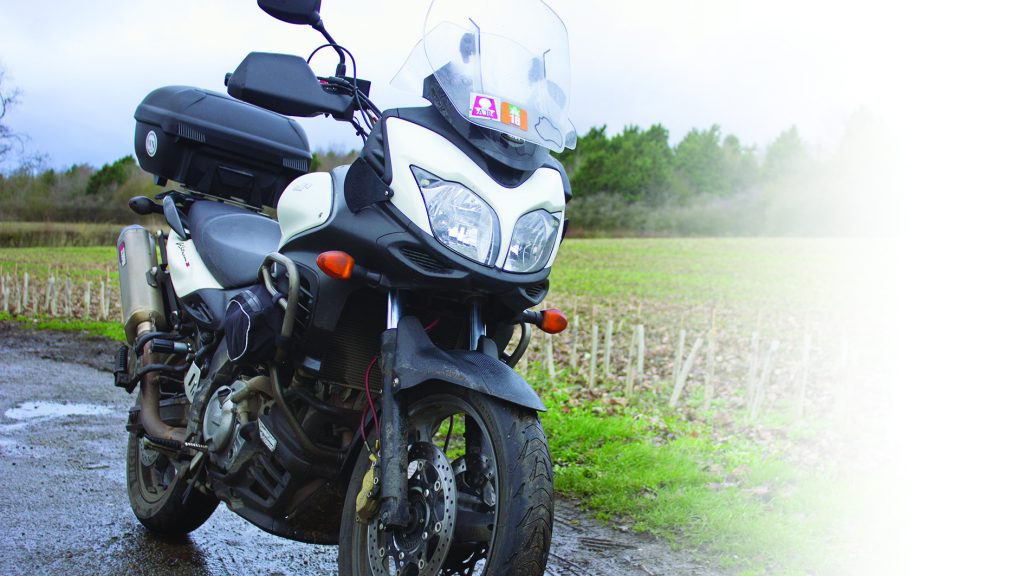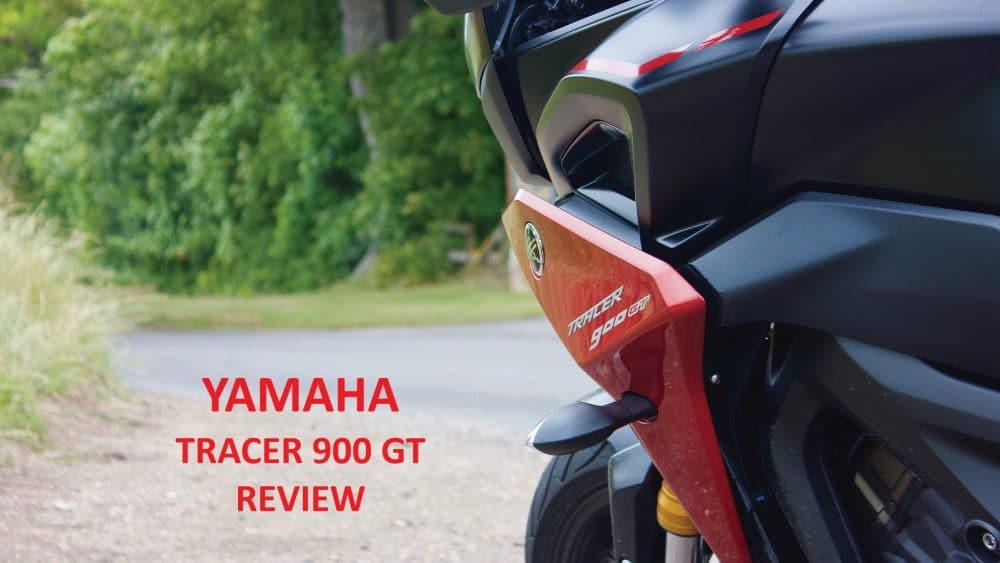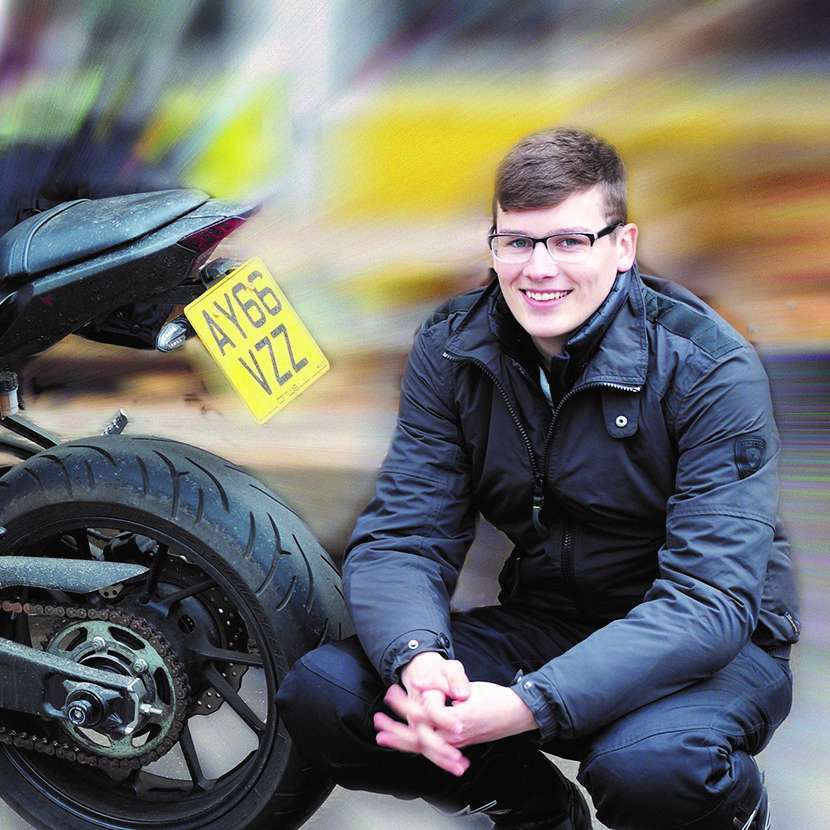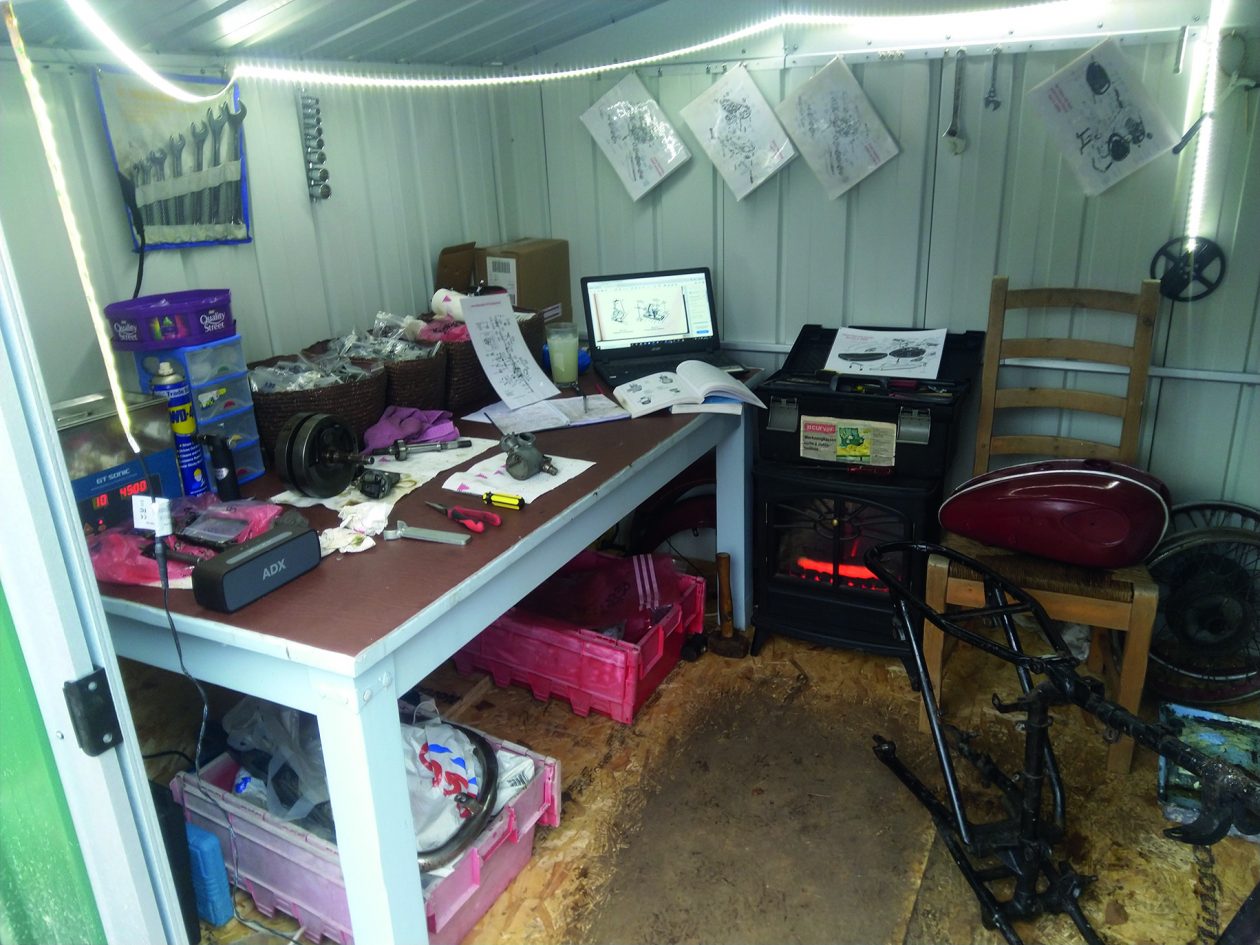Motorcyclists, on average, own more than one motorcycle. Only truly hardcore automotive enthusiasts own more than one car, the financial and logistical constraints of the format conspiring to ensure that even most performance-oriented cars need to be able to function as someone’s only mode of practical transport. Motorcycles don’t have that problem.
Today, it’s possible to have a garage full of bikes that have dramatically different operational envelopes. But what came first, the chicken or the egg? Do we need multiple motorcycles because each one is only good at one thing? Or is it the other way around, and brands are only able to thrive while selling specialised hardware precisely because they know you have other bikes for other purposes?
There are dirt bikes for exploring byways; sportsbikes for clipping apexes at trackdays; naked roadsters for B-road blasts; big tourers for nipping to the Black Forest for a long weekend in comfort; and even long, low cruisers for rolling up at your favourite biker cafe in style. In truth, I could spend the rest of this article just listing the many genres and applications of motorcycles, and still have someone email me a list of those I’d missed.
And yet, even if you have the means to stock your garage with diverse choices, there’s a purity to doing it all on just one bike. There have been several times in my riding career when the question of which bike to ride was moot, and it’s always liberating. No worries about whether I’ve brought the wrong bike for a particular ride or trip, no nagging concern that I might’ve had more fun on one of my other motorcycles. It was a bike ride, I rode my bike. Simple.
Insurance, tax and MOTs all need paying for regardless of how the mileage is divided up, and the reality is that you can only sit in one saddle at a time. Sure, there are practical benefits to sharing the load – if one bike is off the road for repairs or maintenance it’s handy to have a backup. Although it must be said that this argument breaks down if, like me, you aim for your fleet to have as little overlap as possible. If your sporty bike gets a puncture the day before a trackday you can’t exactly shrug and take your cruiser instead.
And yet, I’m increasingly convinced that one bike can do it all. Twenty years ago the only way to get good brakes, suspension and decent power was to grit your teeth and clamber aboard a dedicated sportsbike – comfort and practicality be damned. They were the flagships, and everything else was compromised in some way – and so people compromised on luggage and comfort instead. But these days the most expensive bikes in the showroom stand tall on their dirt-styled tyres, glowering down at lesser bikes with their array of LED spotlights. Adventure Bikes can do now everything as well, or better, than everything else in the showroom.
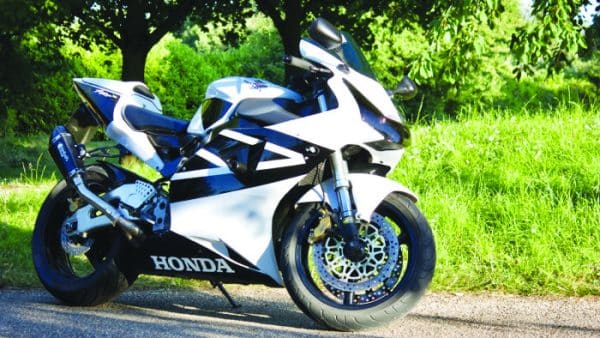
20 years ago, top-flight sportsbikes were the only way to get good performance.
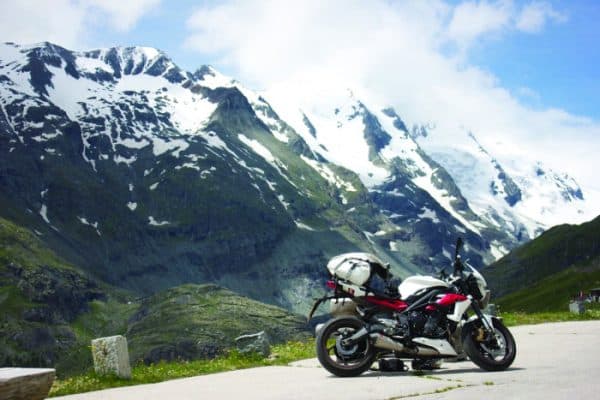
Touring, trackdays & commuting – there’s a certain simplicity to doing it all on one bike.
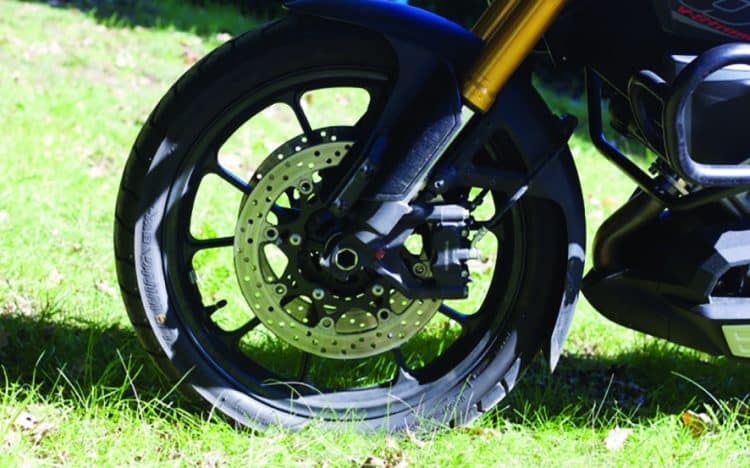
Upside-down cartridge forks and radial brakes, but also two-up comfort and luggage?
Comfort? Check – Adventure Bikes, or Adventure Tourers as some variants are labelled, are designed to soak up big miles with ease. Performance? Check – the top-flight models from the European manufacturers use big engines to put out more torque and power than can be usefully employed anywhere outside a racetrack. Brakes and suspension are not only better quality than race bikes from just a few years ago, they manage the trick of enabling these big beasts to out-handle dedicated performance machines on the bumpiest of neglected British roads.
Want tech? Sportsbikes are the ones playing catch-up these days, with the slickest TFT screens, automated electronic suspension and riding aids going to the Adventure Bikes first. And finally, luggage; beefy subframes and fashionable yet functional top-loading panniers mean that the dedicated touring motorcycle has all but died out, with only BMW and Honda offering a grand total of three models between them in the UK. I know that there’s a little more choice in North American markets, but in Europe, the Adventure Bike has completely taken over.
And honestly, I’m just as guilty of contributing to this state of affairs. I bought a V-Strom 650, modified it to suit and then spent 75,000 miles riding it in all conditions, on all surfaces, in every type of terrain and weather, across borders, on road, track and beyond, with and without luggage and passenger. And during my adventures, did I ever think that another bike might have been better at performing the task at hand, might have made a trip, ride or other biking experience that much more enjoyable? Sure – but only for one small part of the journey. You see, unless you do all your riding within a few miles of your house, you’re going to put down some miles travelling to the good roads, or the racetrack, or the trailhead. And while a sportsbike will be slightly more fun when you’re actually knee-down at Mallory Park, there’s a reason why hardcore track-rats cart their bikes around in vans. Carving up mountain passes is indeed more rewarding on my Street Triple than it is on my V-Strom, but only just. And the V-Strom will make the journey there far easier and more enjoyable, with better wind protection, as well as easier-to-use, more spacious and more secure luggage.
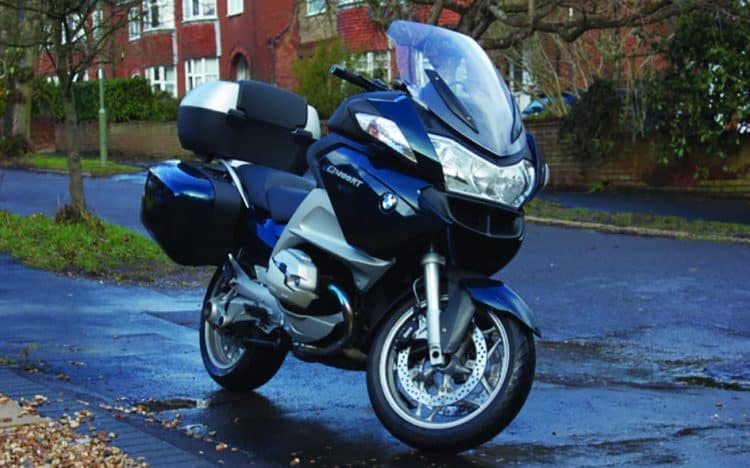
Dedicated touring bikes still exist, but adventure bikes have largely made them redundant.
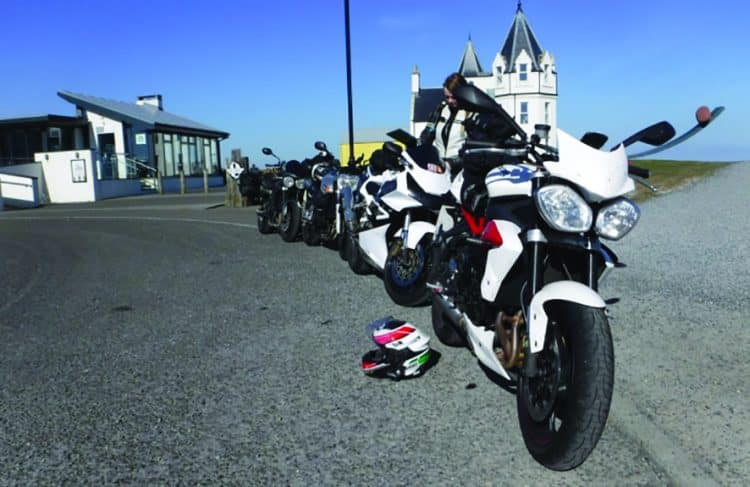
With bumpy roads, variable weather and lots to carry, would they have been better off on ADVs
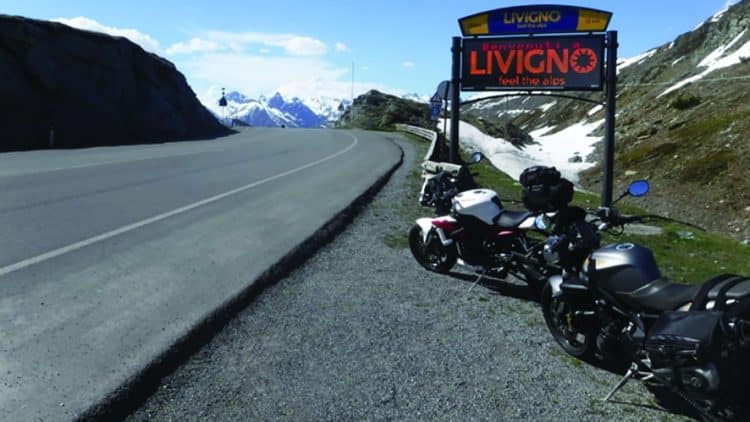
After several days of re-packing and re-strapping my tailpack, I really started to miss my topbox.
This point was driven home by me earlier this year across two separate trips – one 7-day blast across the Swiss Alps, and another shorter loop around the Scottish North Coast 500 – both undertaken by myself and a friend on our trusty Street Triples. We both had an absolute blast, but after long days in the saddles we realised that we would’ve given up very little in terms of cornering enjoyment if we’d been riding middleweight Adventure Bikes instead.
500 miles along French motorways was a trial to be overcome. Squeezing clothes and toiletries into tiny tailpacks was a daily frustration. The bumpy roads of the highlands knackered our wrists and short fuel ranges were a constant gnawing concern. Sure, you may want to stop every 100 miles, but you can’t always find an open petrol station in many of the most interesting parts of Europe, never mind beyond! When the rain arrived, I missed my V-Strom’s windshield, fairing and handguards. And while oiling my chain would’ve been easier with the V-Strom’s centrestand. Many adventure bikes solve the problem entirely with shaft-driven rear wheels.
A BMW R1250GS is lighter and more nimble than it’s fully-faired RT cousin, has better wind protection than the naked R and will be far more comfortable during the long motorway stretches than the RS. An S1000RR has more power and weighs less than an S1000XR, but which one would you rather take for a long ride through the Pyrenees? Which one would your pillion prefer? Naked bikes, sportsbikes, retro roadsters – they all look great and perform brilliantly when the conditions are magazine-photo-perfect, but at any other part of the trip you’ll want something a little less single-minded.
Twenty years ago the compromises would have been huge. I would have had to sacrifice a massive amount of engine, handling and braking performance to get my desired level of comfort and practicality. Not any more. And there will certainly be those of you who see the pain and discomfort of using a more focused device as a badge of honour and pride, and I certainly understand that. There are those amongst you for whom any compromise will be one too many. My brother maintains that he’ll never give up the front-end feel he enjoys from his sportsbike, and his wife seems perfectly happy to tour from that tiny back seat. That said, it’s funny how he’s putting far more miles on his CCM GP450 these days…
And so, as always, it comes down to personal preference. I’m not going to be thinning my personal fleet just yet, nor stop adding more specialised bikes to the garage to fill ever-smaller niches. I’m fortunate enough to able to afford to keep multiple motorcycles, even if the annual mileages on my more focused vehicles is dwarfed by that of my Adventure Bike. And if you only have the resources or the space to keep a single motorcycle in your garage, then why not pick one that is a jack of all trades, while also managing the impressive trick of damn near mastering them all?
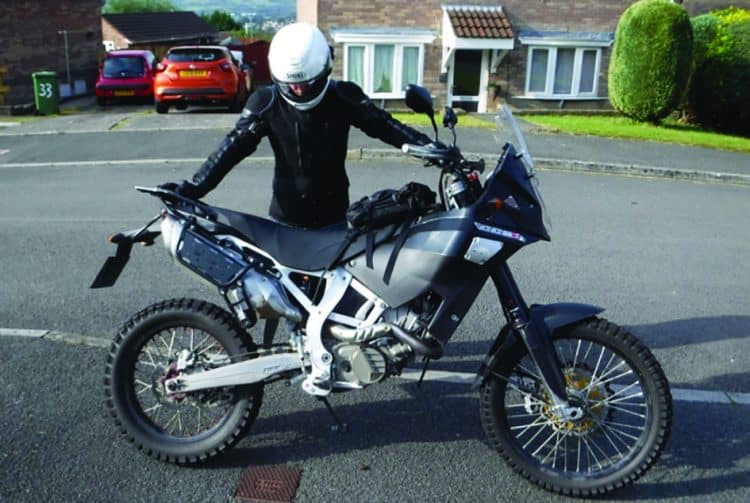
“Call that an adventure bike? This is an adventure bike!”
Nick Tasker
First published in Slipstream November 2019

